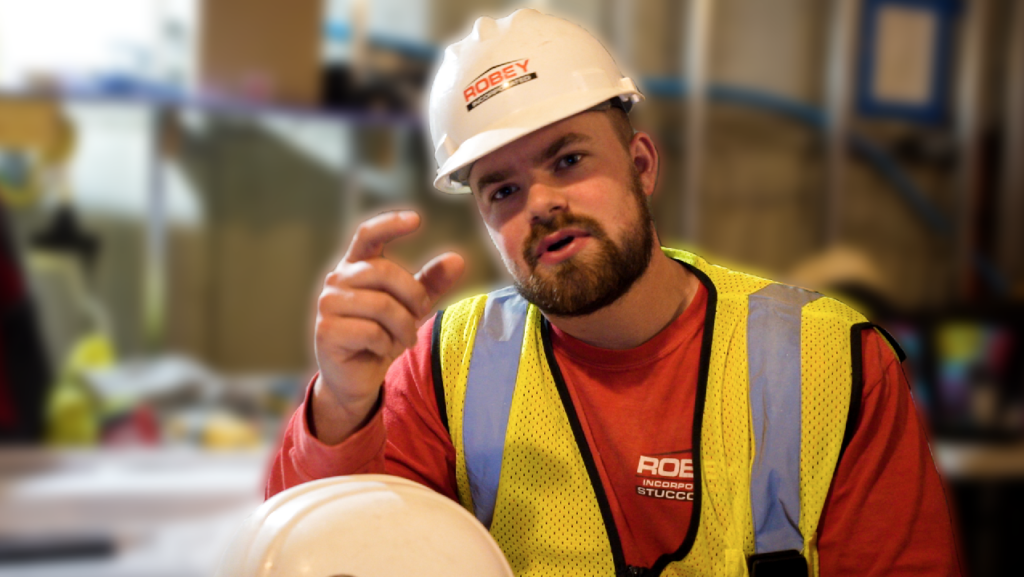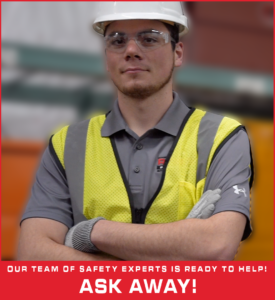
Safety should be a top priority for every company, not just contractors. And not just because of the obvious stress and heartache that’s associated with worker deaths and injuries. It’s possible for any worker to sue the company for financial damages if he or she suffers an injury on the job. Employers should know how to communicate safety standards effectively.
So how do you communicate safety in the workplace? Here are some tips:
Publish a newsletter or send an email – Have a company email directory? Create a monthly safety newsletter outlining office safety standards. That same newsletter can be mailed to all employees’ addresses or included with one of their pay stubs.
Post signage Throughout the Job Site – Posting “Danger” “Caution” and “Safety instruction” signs should be used per OSHA standards. Having the correct signs posted and visible will help workers perform their tasks in a safer manner.
Take Videos and Photos of Job Site Safe Practices – Want to make your expectations crystal clear to all your employees on and off the job site? Take videos and pictures of employees demonstrating safe work practices. Post these videos and photos on all your social media accounts, you can even include them in your newsletters and emails.
Hold Weekly Toolbox Talks – Help ensure that everyone on site is on the same page by holding a mandatory quick toolbox talk meeting at the start of each work week. Make these a part of every worker’s routine where they can review, discuss, and ask questions about any safety standards/practices on site.
Training, Training, and More Training – If you’re sending untrained employees to work on your job sites, you’re communicating to all the other trained employees on site that safety doesn’t matter. People learn more from their company’s culture than from the signs that are posted. So, create a culture that consistently follows company safety rules and regulations.
See Something, Say Something – Assure your employees that they can speak up when they see a hazard, without fear of their words falling on deaf ears. Or use an app like Raken and create an easily accessible form that your employees can fill out, access and keep records of all incidents on-site. When you give your workers the agency to hold themselves and their peers accountable for safety, the results are astounding!
Include it In Employee Reviews – Company safety goals are not one-and-done concerns, and it’s important that your safety culture reflects that by continually prioritizing safety on all your active job sites. A simple and effective way to do that is by implementing a “refresher course” in all employee reviews.
Invest in Safety Gear – Just like investing in quality tearing for your employees, invest in comfortable, high-quality gear that has your employees feeling safe and wanting to wear it. Employees on-site can tell when a company is trying to save the bottom line by buying cheaper safety gear and will choose to not wear it. And if they suffer an injury because of that it will cost you much more down the line.
Consistent & Routine Safety Checks – Your superintendents are already walking the job site on a regular basis to do quality control checks. Why not have them start adding safety checks as well? This will make your superintendents more aware and proactive in spotting hazardous practices and situations. If they spot unsafe behavior, it needs to be corrected at that very moment. It can’t afford to wait.
100% Transparency – Don’t just close the book on job site incidents after they’re resolved. Be open and share them with all employees to express the reality of job site injuries and the urgency behind practicing safe measures.
Implement any of these tips and begin communicating safety and increasing awareness throughout your company and job sites. The more you implement these ideas into practice, the safer the job site will be for everyone. Learning and following the rules may take some time, but the benefits will last forever.




